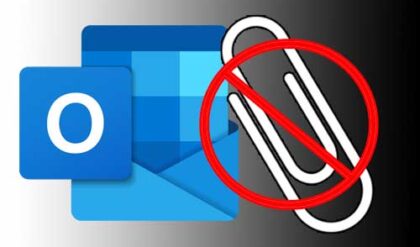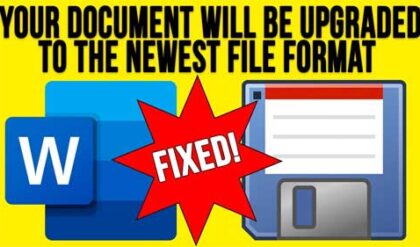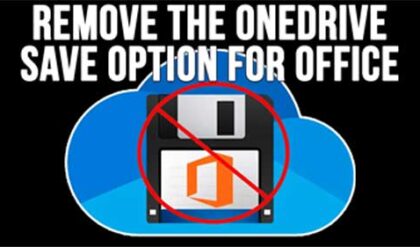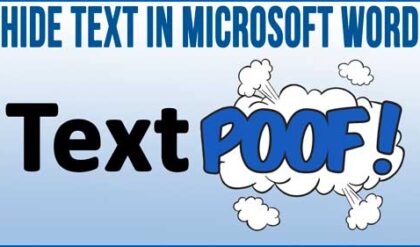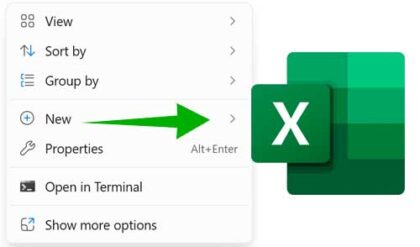Most people use Microsoft Word for their word processing program so they are used to seeing their files end with .doc or .docx for example since that is the file extension used for Word documents. But there are other word processing programs out there such as WordPerfect or Open Office Writer for example and not all of them will open Word documents even though most realize they need to in order to be competitive.
You may have noticed that you have many types of document formats to save your Word Documents in when you go to Save As. These different formats are there to give you a variety of choices for how you want to save your document depending on your particular needs. For example you may want to save as an rtf document so that people you send the document to have a greater chance of being able to open it with their version of Word or other word processing program. Or you may want to save it as an html document for use in a web page. Depending on your version of Word you may have slightly different file type options. Here is what each of the different formats do. Keep in mind that different versions of Word will have different Save As options and we will go over the most common Save As options.
Word Document – This one saves the file using the Word Document format. This can be opened in other versions of word. You can open your .doc or .docx file in newer versions of Word but may not be able to open it in an older version since the older version won’t know about the newer file type. This will vary depending on the versions. You can also open Word files in WordPad in most cases but may lose some of the formatting and any images you may have.
Word Template – This option can be used to save a document that you will use over and over as a template. With a template you can get all the formatting the way you like it, add a logo and so on then just edit the areas that will change when you need to use the template.
XML – XML Paper Specification is used for cross platform, open standard document representation that can be used for generating, sharing, printing and archiving of paginated documents. Extensible Markup Language allows designers to create their own customized tags, enabling the definition, transmission, validation, and interpretation of data between applications and between organizations.
Single File Web Page – A single file web page saves all the elements of a web site page, including text and graphics, into a single file rather than separating the images and the text. The single file Web page comes in handy if you want to email the page to someone or post the page in a shared folder.
Web Page – This method is similar to the single file web page except it separates the images into their own folder like you would normally do for a web page that is hosted on a web server.
Web Page, Filtered – When you save Web pages or send e-mail messages in HTML format with Word, additional tags are added so that you can continue to use the full functionality of Word to edit your content. To reduce the size of Web pages you can save them in filtered HTML so that the tags used by Microsoft Office programs are removed.
Document Template – A document template is a kind of Word document that is saved just to be a pattern for other documents that can be used over again. When you save a document as a template, you preserve any text, autotext, macros, toolbars, keyboard shortcuts, and styles that you might have included.
PDF Document – This option lets you save your Word file in the Adobe Portable Document Format without the need for any PDF creation software.
Rich Text Format – The Rich Text Format (RTF) Specification provides a format for text and graphics interchange that can be used with different output devices, operating environments, and operating systems. RTF is often used when a document is created in one word processing program but is to be edited in another word processing program. Keep in mind that some types of data or formatting may be lost when you save a Microsoft Word document in RTF format.
Plain Text – Plain text is usually software independent and can be imported, read, and exported by virtually every software application. You would use this if you want to save your document without any special formatting and are more concerned about compatibility rather than appearance.
Older Word and Works versions – This option allows you to save your document to be used with an older version of Microsoft Word or Works. If you want to open your document in an older version of Word but have it saved in a newer version format it most likely won’t be able to open it since it won’t recognize the format. Saving in an older format solves this problem.

